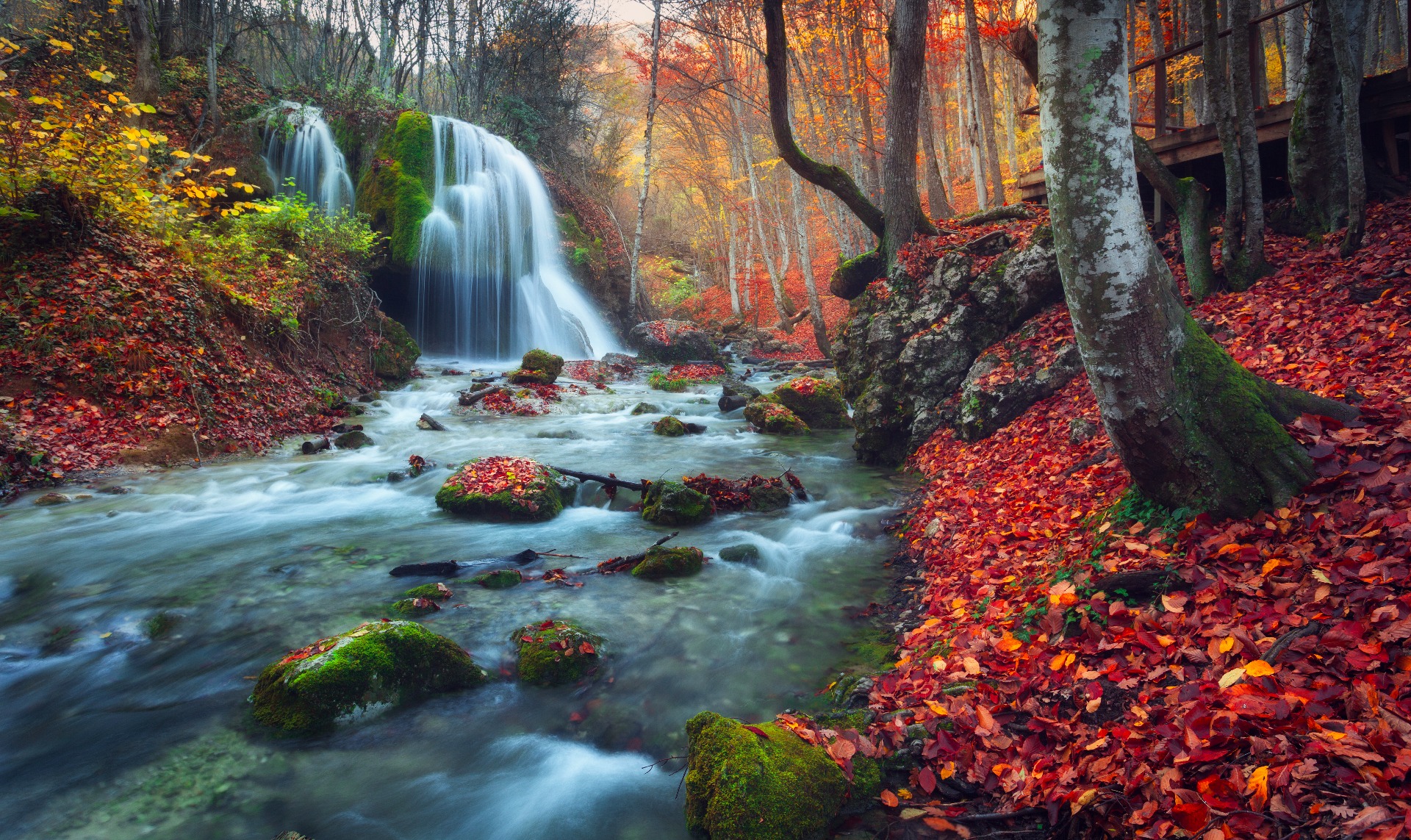Giovanni Belzoni
INTRODUCTION
During the days of the global corona lockdown, I did what most other people on the planet were doing – clean, spring clean, put the washing machine on again, eat snacks in the kitchen late at night in mismatched clothes.
I also took a trip down memory lane; I played Wheelie on a ZX Spectrum emulator on the internet. Still unable to beat the ghost rider on those final levels all these years on – sad but true – I plonked myself down in the lounge one night and put on YouTube.
After a bit of indecisive browsing, a recommendation came up for some guy named Giovanni Belzoni.
I've watched so many things on Egypt and ancient Egypt over the years – an episode of Poirot comes to mind, as well as an episode of Voyagers I enjoyed when I was tiny, and a Young Indiana Jones movie in which Henry, as he is called then by his tutor, befriends Lawrence of Arabia. And during the lockdown I also read an article about Howard Carter in the old British magazine The Unexplained.
What was unexplained, bits of Lay's chips on my t-shirt and stubble, lounge light off, hair untidy, was how I'd never heard of Belzoni before.
DOCUMENTARY
That recommendation led me next into a documentary called Seekers of the Lost Treasure, or The Great Belzoni by its uploader.
Narrated by the distinctive voice of Jeremy Irons, it tells of an Italian man who, following the years of Napoleon's warmongering in Egypt, tries to do his best for the artefacts of the land, out of his love for engineering and discovery, while having to put up with some characters left over from that warmongering period.
Belzoni saves a dynamite-damaged, elements-affected bust of Rameses II from the Ramesseum in Thebes, becoming sun blind for a few days. Literally unearths the Great Temple of Abu Simbel and its giant statues, then documents and draws things within it, after initially running out of food. Collects important historical papyri from Elephantine Island. Deduces where to find the chamber of Seti I in the Valley of the Kings. Mathematically and methodically calculates the location of the secret entrance to the pyramid of Khafre.
All the while enduring his artefacts getting smashed by French engineers, false reports of his death, dangers lurking in the shadows, and the dishonesty of his fraudulent, pompous boss Henry Salt.
The documentary credits Belzoni's invaluable Egyptian friends and employees, and the two English navy officers James Mangles and Charles Irby, who turned from protectors on the Nile to fellow documenters inside the temple of Abu Simbel.
GREAT CIRCLE
The current rekindling of my interest in Belzoni is no doubt due to having recently watched a walkthrough of The Great Circle on YouTube.
It looks superb and thoroughly enjoyable. Reminiscent of the original three Indiana Jones movies. Jones waking up from a nightmare at his desk at the college during a storm, an airship over the Vatican, and everything threading the viewer towards an end with a deranged Nazi on the waters of Antarctica. After the first ten minutes I was hooked.
The original YouTube recommendation, during those corona days, suggested that Giovanni Belzoni inspired George Lucas or Lawrence Kasdan to come up with the idea for Raiders of the Lost Ark.
That's an entirely plausible notion. Belzoni in both speech and the written word stated things akin to Jones' famous stock line: "It belongs in a museum."
He also used a kurbash to protect himself. In Soubra (sic) one day, a Bimbashi, in the equivalent of a road rage incident, whacked Belzoni in the stomach then tried to shoot him. Belzoni's whip and agility saved the day.
Sound familiar?
NAYSAYERS
Napoleon and his sidekicks killed thousands of Egyptians over a four year period; for centuries, Egyptian thieves robbed tombs, and melted down gold objects; for decades, Europeans drank the ashes of mummies, in the belief they'd get superpowers; and the post-Napoleonic period heralded plunderers like Emile d'Avennes, who dismantled and went off with the entire Hall of the Ancestors, which was part of the Festival Hall of Karnak. Not to mention the constant civil unrest caused by different reasons and nationalities.
Yet, it is Belzoni who gets picked out from this period to share the same fate as Howard Carter – people on the internet stretch or spin as many facts as they can to make him look bad. Negative language is used for him; positive or jargoned language for those who did the same things in the decades that followed, or in present day. Fortunately, though, he has more supporters than detractors.
I'm keen on buying Belzoni: The Giant Archaeologists Love to Hate by Ivor Hume and The Great Belzoni by Stanley Mayes. I've no doubt I'll come across some aspect of Belzoni I dislike; I don't think anyone can get through an entire biography without this inevitability.
However, as it stands, after watching literally hours of YouTube videos about Egypt and Belzoni, I see nothing so wrong with him to cause me to lose interest in him or that period of Egypt's history. The documentary Quest for Ancient Egypt, for instance, points out that during that difficult political period in Egypt's history, Belzoni was well-liked by both Egyptians and foreigners.
Carter rightfully credited Belzoni as being inspirational and pioneering.
Right now in Egypt, Egyptologists, both Egyptian and international teams, do exactly what Belzoni did back in his day – uncover and excavate findings, clean artefacts to be sent to museums, detail what they come across. And when they studied to become Egyptologists, they studied the life, findings, and recordings of Belzoni. Some people grow up wanting to get into that field because of Belzoni.
Around three hundred thousand tourists visit Egypt every year just to see Abu Simbel, bringing in billions for the Egyptian economy.
